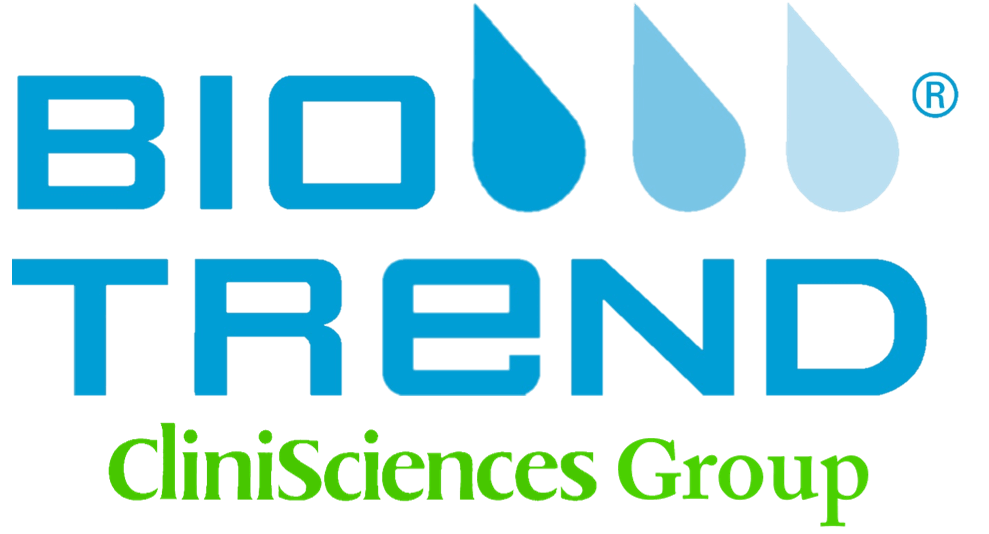Cisplatin [15663-27-1]
Cat# HY-17394-100mg
Size : 100mg
Brand : MedChemExpress
| Description | IC50 & Target |
DNA Alkylator/Crosslinker[1] |
|||||||||||
|---|---|---|---|---|---|---|---|---|---|---|---|---|---|
| In Vitro |
Cisplatin (CDDP) causes apoptosis of HeLa cells in a dose-dependent manner, with a concentration of 30 μM Cisplatin resulting in death of greater than 90% of the cell population by 24 h of treatment. The kinetics of Cisplatin-induced apoptosis are examined using a 30 μM concentration. Cisplatin Activates the MEK/ERK Signaling Pathway, 20 and 30 μM Cisplatin, both of which results in significant apoptosis, leads to strong activation of ERK[1]. MedChemExpress (MCE) has not independently confirmed the accuracy of these methods. They are for reference only. |
||||||||||||
| In Vivo |
Cisplatin can be used to induce acute kidney injury models[7][8]. Background
The pathogenesis of Cisplatin-induced acute kidney injury (AKI) is complex and Oxidative stress, mitochondrial dysfunction, inflammation, and apoptosis are all participating in the progression of Cisplatin-induced AKI.Oxidative stress is a predominant mechanism of injury in cisplatin-induced AKI.
Specific Modeling Methods
Mice: C57BL/6 • male • 6-week-old (period: 2 weeks)
Administration: 5 mg/kg • ip • once daily for 2 weeks
Note
(1) Suggest using male mice as female mice are more resistant to renal injury.
(2) Mice can be deprived of food and water for 18 h prior to induction, and food and water are returned after administration. (3) Cisplatin can be dissolved in sterile saline solution to prepare injection working solution while protecting from light. Modeling Indicators
Molecular changes: Increased indicators: Serum creatinine (SCr) levels, blood urea nitrogen (BUN) levels, neutrophil gelatinase-associated lipocalin (NGAL), 3-nitrotyrosine.
Opposite Product(s): /
MedChemExpress (MCE) has not independently confirmed the accuracy of these methods. They are for reference only. |
||||||||||||
| Clinical Trial |
|
||||||||||||
| Molecular Weight |
300.05 |
||||||||||||
| Formula |
Cl2H6N2Pt |
||||||||||||
| CAS No. | |||||||||||||
| Appearance |
Solid |
||||||||||||
| Color |
Light yellow to yellow |
||||||||||||
| SMILES |
Cl[Pt](Cl)([NH3])[NH3] |
||||||||||||
| Shipping | Room temperature in continental US; may vary elsewhere. |
||||||||||||
| Storage |
4°C, protect from light *In solvent : -80°C, 6 months; -20°C, 1 month (protect from light) |
||||||||||||
| Solvent & Solubility |
In Vitro:
DMF : 10 mg/mL (33.33 mM; ultrasonic and warming and heat to 60°C; DMSO can inactivate Cisplatin's activity) H2O : 1 mg/mL (3.33 mM; ultrasonic and warming and heat to 60°C; DMSO can inactivate Cisplatin's activity) Preparing
Stock Solutions
View the Complete Stock Solution Preparation Table
*
Please refer to the solubility information to select the appropriate solvent. Once prepared, please aliquot and store the solution to prevent product inactivation from repeated freeze-thaw cycles. * Note: If you choose water as the stock solution, please dilute it to the working solution, then filter and sterilize it with a 0.22 μm filter before use.
For the following dissolution methods, please prepare the working solution directly.
It is recommended to prepare fresh solutions and use them promptly within a short period of time.
In Vivo Dissolution Calculator
Please enter the basic information of animal experiments:
Dosage mg/kgAnimal weight Dosing volume Number of animals Recommended: Prepare an additional quantity of animals to account for potential losses during experiments.
Calculation results:
Working solution concentration:
mg/mL
The concentration of the stock solution you require exceeds the measured solubility. The following solution is for reference only.If necessary, please contact MedChemExpress (MCE).
|
||||||||||||
| Purity & Documentation | |||||||||||||
| References |
|


